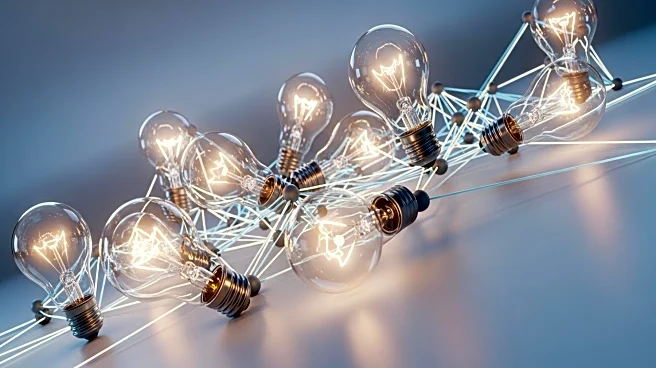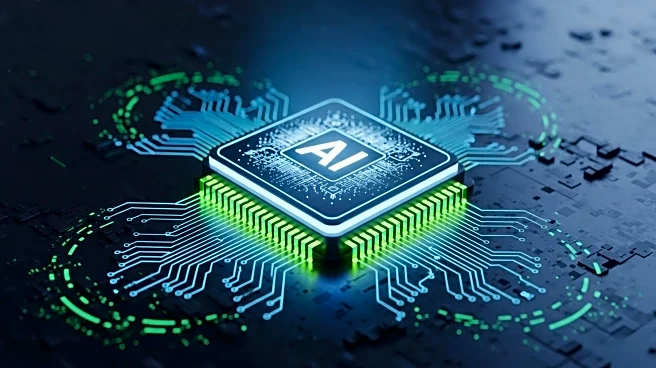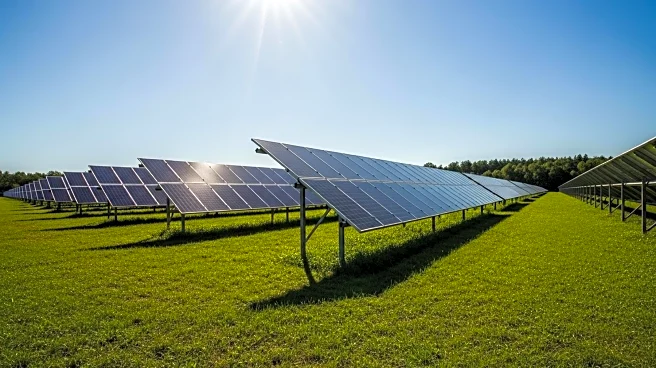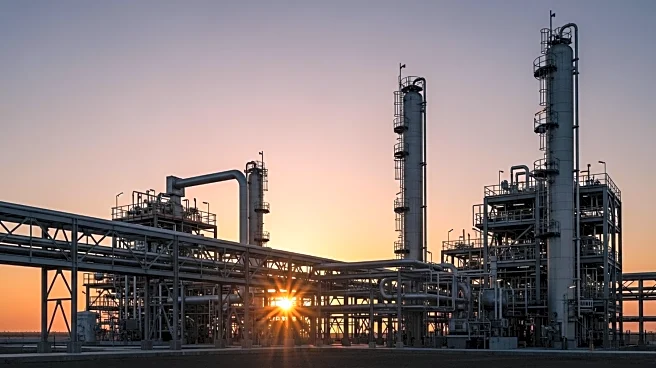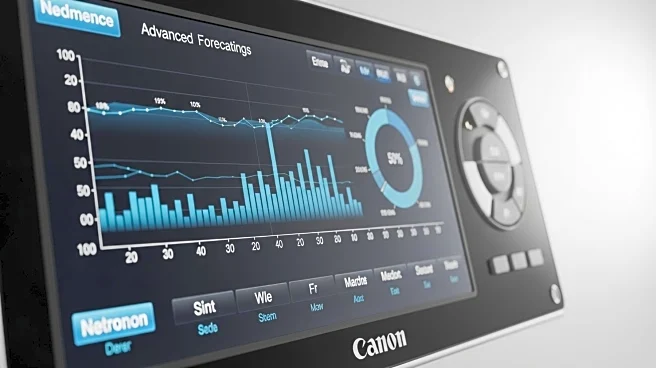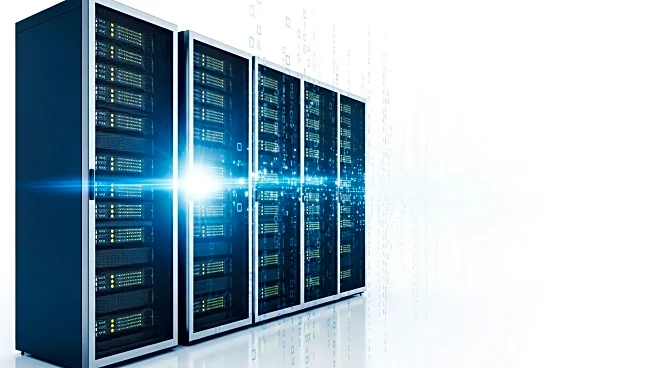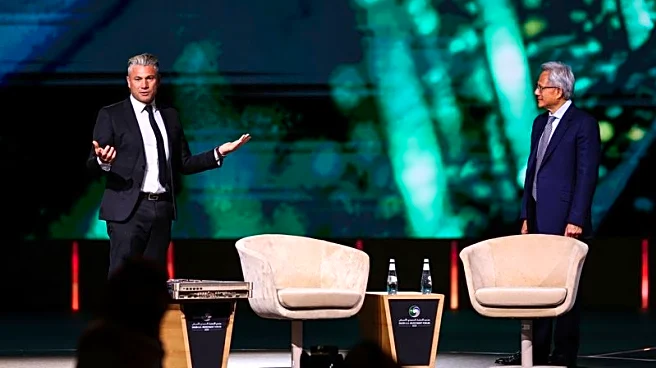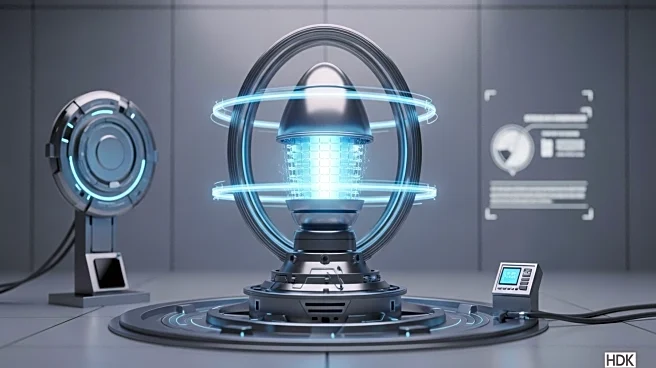What's Happening?
The current energy grid in the U.S. is facing challenges in meeting the increasing demand for electricity, particularly driven by artificial intelligence (AI) optimized data centers. According to the International Energy Agency, electricity demand from these centers is expected to quadruple over the next five years. To address this, solution provider partners are playing a crucial role in modernizing energy generation and infrastructure. They are focusing on integrating existing technologies like microgrids, IT/OT integration, and battery energy storage to improve energy efficiencies and system resiliency. Projects such as the modernization of a critical facility by Turtle and Rockwell Automation demonstrate the transformation of outdated plants into intelligent energy assets, providing operators with enhanced visibility and responsiveness.
Why It's Important?
The modernization of the energy grid is vital for ensuring continuous power delivery and avoiding disruptions. As the demand for electricity grows, particularly from AI-driven data centers, the U.S. must adapt its infrastructure to prevent potential failures. Solution providers are essential in this process, offering integrated strategies and turnkey installations that simplify complex systems. This approach not only enhances energy efficiency but also supports economic activities reliant on uninterrupted power supply, such as financial transactions. The shift towards integrated systems represents a significant change in infrastructure design, impacting industries, utilities, and consumers by providing more reliable and sustainable energy solutions.
What's Next?
Future steps involve further integration of smart grid infrastructure and advanced technologies to enhance energy and cost efficiencies. Solution providers are expected to continue playing a pivotal role in driving innovation and modernization across the energy sector. This includes supporting the deployment of large-scale microgrid systems and ensuring seamless transitions between national grids and local generation. As regulatory landscapes evolve, providers will need to manage compliance and system integration to maintain resiliency. The focus will be on creating adaptable systems that can meet future technological demands and regulatory targets, ensuring long-term sustainability and reliability.
Beyond the Headlines
The integration of energy systems not only addresses immediate power demands but also sets the stage for long-term environmental and economic benefits. By prioritizing resilience and innovation, solution providers contribute to reducing carbon footprints and enhancing energy security. This transformation also encourages a shift in organizational mindsets towards sustainability and efficiency, potentially influencing broader societal changes in energy consumption and management. The collaboration between providers and industries fosters trust and co-creation, essential for navigating the complexities of modern energy challenges.
